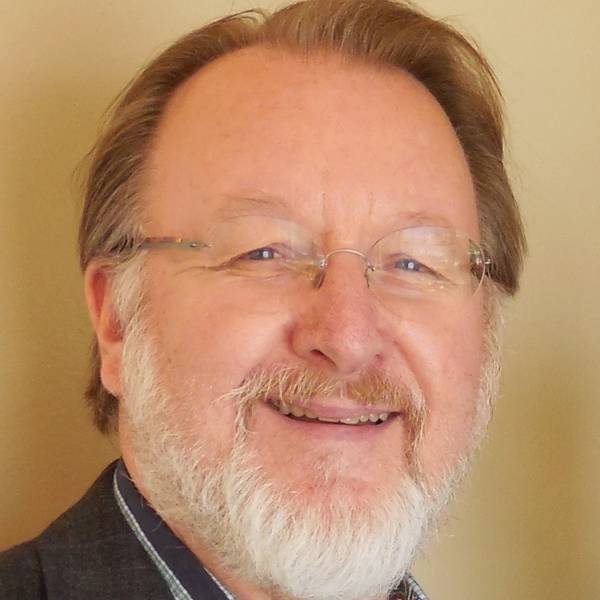Our newest national monument recognizing labor rights hero César E. Chávez is the first of its kind, and the culmination of years of effort.
A sea of more than 6,000 school children, politicians, farm workers, National Park Service rangers, community members, journalists, and celebrities flooded the National Chávez Center at Nuestra Señora Reina de la Paz, or “La Paz,” on Monday, October 8. My NPCA colleagues and I had also traveled to the Central Valley site for a moment we had been waiting for and working toward for more than a decade: a celebration to dedicate the site as the César E. Chávez National Monument, the 398th addition to our National Park System.
When President Obama walked up to the podium at La Paz, I thought about the arc of my own involvement and the significant impact that Chávez had on my life and the lives of millions of other young people back in the 1960s and 1970s. I also thought about my personal interaction with César Chávez in the 1980s, and my most recent involvement, advocating for the new national park site.
In the late 1960s I was still in high school, but I became involved with the grape boycott campaign designed to force grape growers to sign contracts with the United Farmworkers. Heck, I was still a pimply kid, but I recall standing out in front of a grocery store in Fredrick, Maryland, gathering commitment signatures from shoppers who said they would boycott grapes. It was the first time that I became involved in a national social justice issue. It is amazing how many people of my generation have told me how they, too, were involved in this boycott effort. It is no wonder why César Chávez and his co-leaders, like Dolores Huerta, were so successful. They were able to create a huge movement in spite of the fact that they had little means. This was, and is, a quintessential American story of how ordinary people can accomplish great things.
In the 1980s, I worked for the U.S. Catholic Conference’s Campaign for Human Development, a program that provides grants and loans to projects in impoverished communities across the country. One day, I received a call from the United Farm Workers. Then César Chávez himself came on the phone. He requested a grant to help establish a better telecommunications system for the union. I remember thinking then, one of my greatest heroes, César Chávez, is calling me? I was honored to get that call and assist him in his efforts.
Over the years, Chávez rallied countless other partners and activists to help in his mission to improve the lives of farmworkers, and his legacy of nonviolent action resulted in more money, better benefits, safer working conditions, and legal protections for thousands of people. He’s not just my hero: Chávez is now recognized as one of the most important labor leaders of the 20th century.
Fast-forward about 25 years, when I came to work for NPCA as the Pacific Regional Director. One of the first conversations I had was with Jon Jarvis, then the Pacific West Regional Director for the National Park Service. We spoke about the possibility of the Park Service eventually establishing a site to honor Chávez and tell the historically significant story of farmworker union organizing. Seeing that there was support for this idea in the Park Service, I then worked to support the legislative effort that eventually led to the special resources study, which concluded there were five sites, including “La Paz,” that were indeed important and appropriate inclusions to the National Park System.
As I stood there at La Paz last Monday, with President Barack Obama in front of me announcing that he would use his power under the Antiquities Act to create the César E. Chávez National Monument, tears of joy welled up in me. Things had come full circle, I thought. César E. Chávez, my childhood hero and an iconic American historic figure, is finally getting the recognition that he and his fellow farm workers deserve.
Stay On Top of News
Our email newsletter shares the latest on parks.
The United Farm Workers of America motto, “Sí, se puede,” is certainly echoing in many homes this week. It roughly translates into, “Yes, it can be done.”
Now, people throughout our great country can say, “Sí lo hicimos,” or, “Yes, we did it!”
About the author
-
 Ron Sundergill Former Senior Regional Director
Ron Sundergill Former Senior Regional DirectorRon joined NPCA in 2005. He is the Senior Regional Director for the Pacific office, overseeing the work of the regional office and its four field offices.


